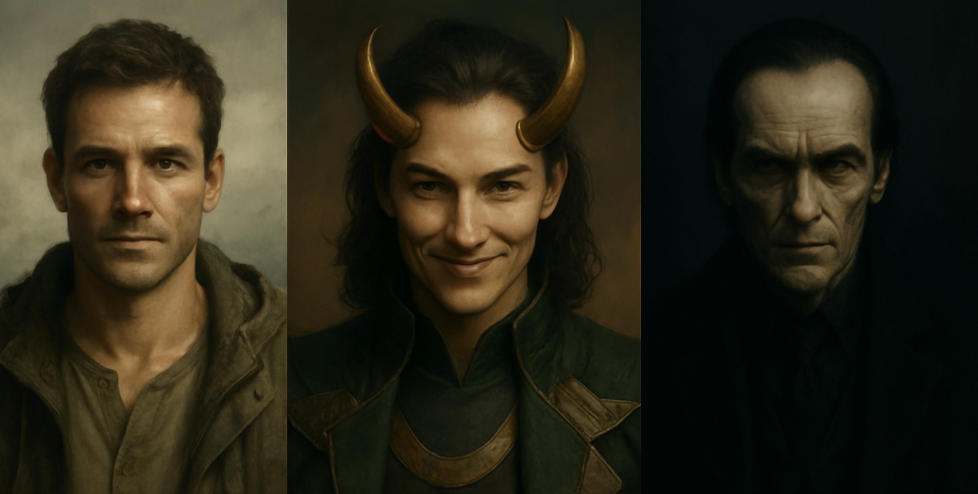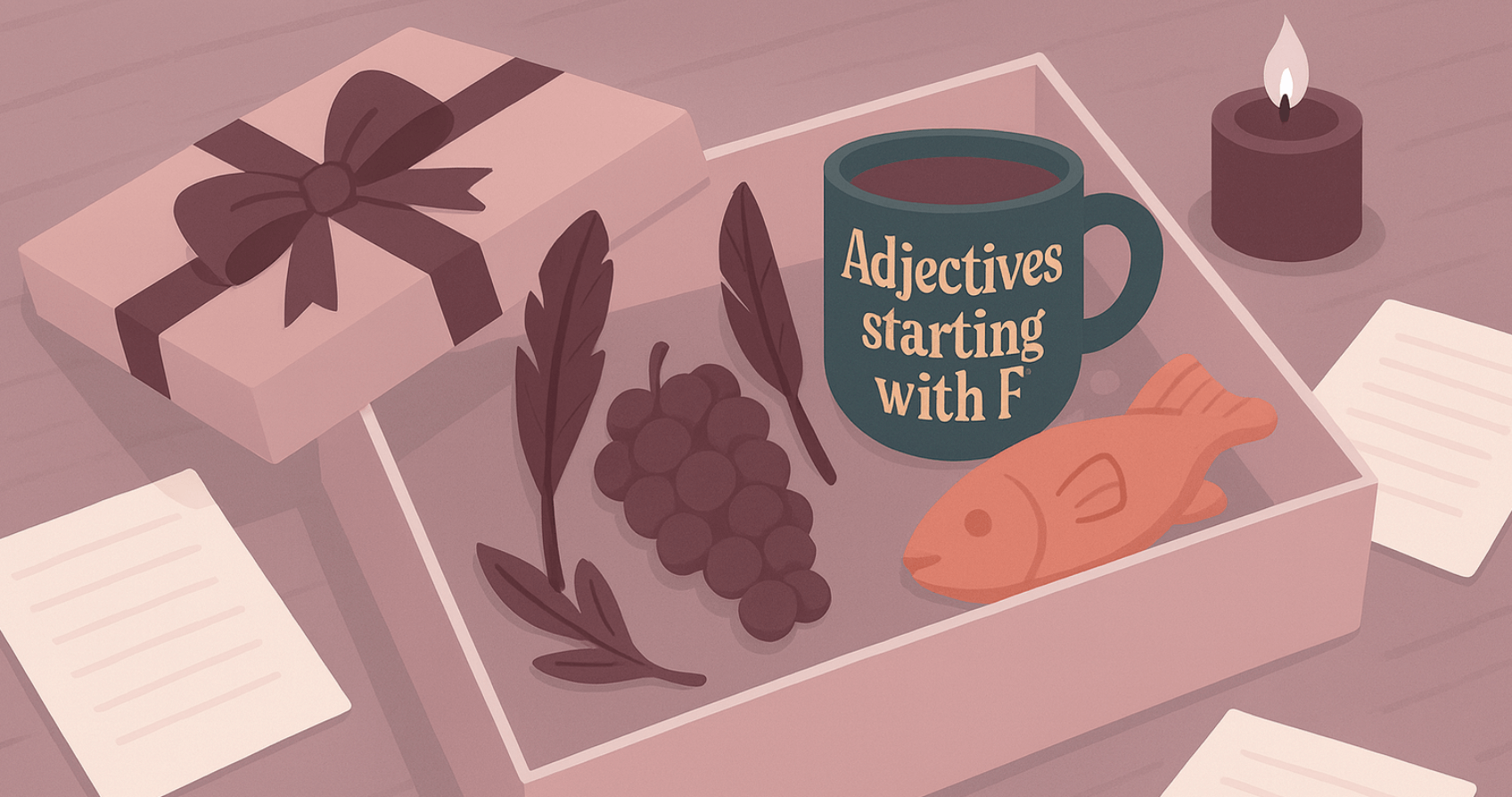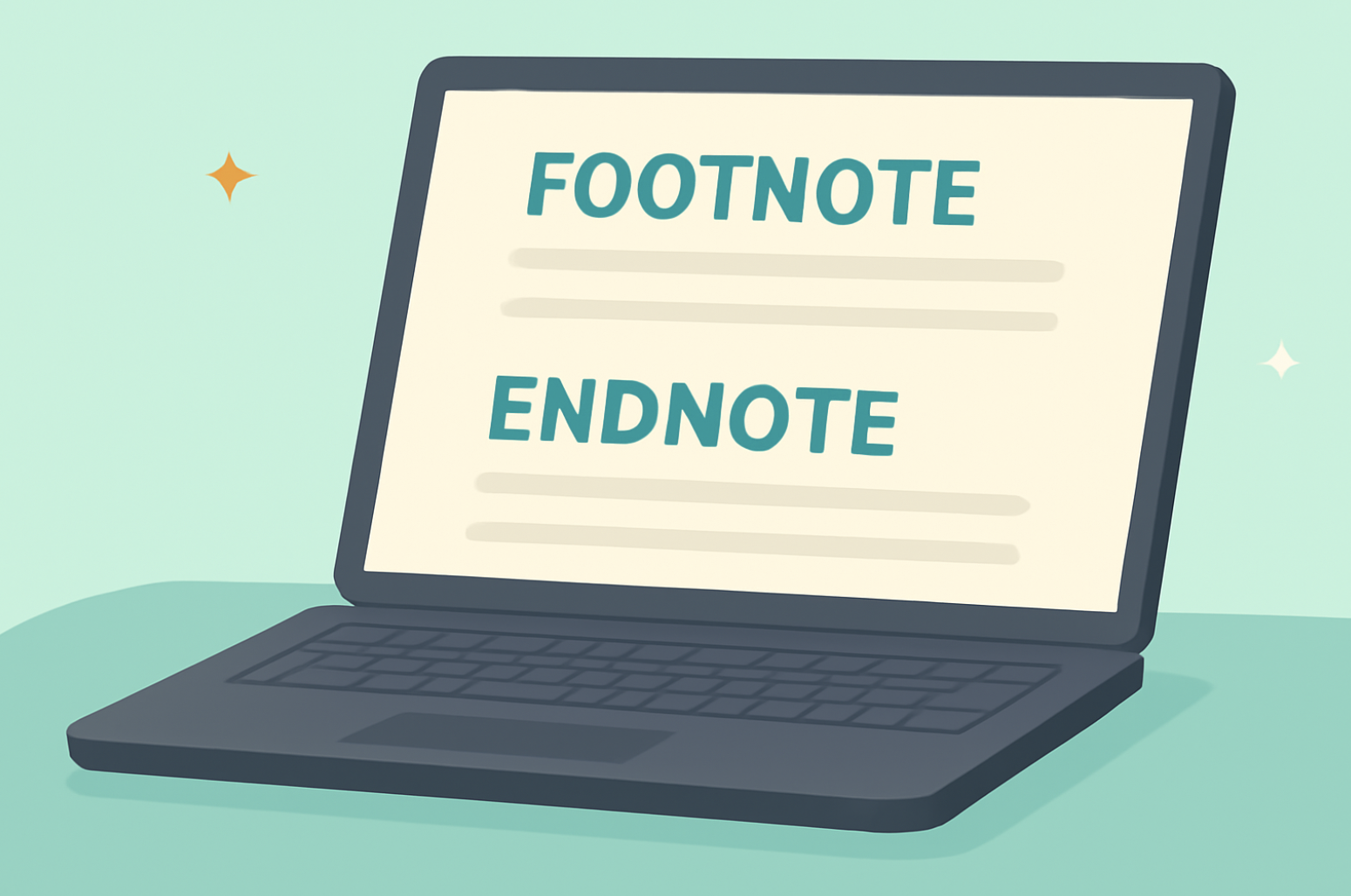Imagine Star Wars without Luke Skywalker. Or Marvel without Iron Man. Actually, don’t—because that sounds like a snooze-fest. Even the dullest hero has their place, and it’s thanks to a storytelling cheat code that’s been hardwired into our brains since the days of campfire tales and epic poems: archetypal characters.
Whether you’re rooting for the brave hero, side-eyeing the cunning trickster, or low-key vibing with the misunderstood villain (we see you, Loki fans), archetypes give stories their magnetic pull. They’re the secret sauce behind every saga that sticks with us, from fairy tales to bestsellers to that weird indie film your artsy friend swears is “life-changing.”
But what makes these characters so unforgettable across time and cultures? And more importantly, how can you spot them, remix them, or even slyly sneak them into your own stories?
In this article, we’ll unravel the mystery for those who are asking, “What are archetypal characters?” You will be shown why they still pack a punch, and we’ll give you a few clever ways to spot—or sneak—these timeless types into your own storytelling.
Buckle up—this is where legends are made.
What Are Archetypal Characters? Definition Without the Boring Bits
Let’s cut to the chase: archetypal characters are the classic roles that pop up in stories across every culture, every era, and yes, even that one awkward office team-building skit. They’re the universal characters baked into the human imagination—think The Hero, The Mentor, The Rebel, The Trickster.
Swiss psychologist Carl Jung (a guy who made psychology sound mystical before it was cool) coined the term archetypes as part of his theory of the collective unconscious—basically, a mental storage cloud we all tap into without realizing it. According to Jung, these patterns of behavior and character are like humanity’s storytelling DNA.
In less brainy terms? Archetypal characters are storytelling shortcuts with soul. They’re not lazy templates; they’re the frameworks that help audiences instantly connect with a character’s vibe, motivation, and role in the story.
Think of archetypes as the skeleton of a character—strong, familiar, and universal—while personality, quirks, and backstory are the muscle and style that bring them to life.
So next time you wonder, what are archetypal characters?, just remember: they’re the timeless roles that make your favorite stories tick—and they’re hiding in plain sight.
The All-Star Lineup: Classic Archetypal Characters in Action
Archetypal characters are like the Avengers of storytelling—each with a signature role, each instantly recognizable, and honestly, the plot would fall apart without them. Let’s roll out the red carpet for some of the biggest archetypal character examples that keep showing up on pages, screens, and campfire circles:
The Hero
Job Description: Saves the day. Faces the odds. Probably broods a little.
Examples: Harry Potter (boy wizard with baggage), Katniss Everdeen (archery queen of rebellion), Frodo Baggins (reluctant jewelry destroyer).
Why we love them: Heroes are the ones we cheer for—and sometimes roll our eyes at when they get too noble.
The Mentor
Job Description: Dispenses wisdom, cryptic life lessons, and sometimes questionable advice.
Examples: Gandalf (gray and great), Dumbledore (beard goals), Mr. Miyagi (wax on, wax off).
Fun fact: They love a dramatic entrance.
The Shadow (a.k.a. The Villain)
Job Description: Stir the chaos. Challenge the hero. Steal the show.
Examples: Darth Vader (breathing issues, daddy issues), Voldemort (bad with noses), The Joker (the chaos king).
Why they rock: Admit it, villains are often the most interesting part.
The Trickster
Job Description: Stir the pot. Flip expectations. Drop truth bombs.
Examples: Loki (god of mischief), Bugs Bunny (carrot connoisseur), Puck (the original chaos gremlin).
Surprise twist: Tricksters aren’t always villains—they just act like it.
Together, these archetypal characters bring stories to life, each playing their part with flair and fanfare.
Your Publishing Journey Awaits – Start NowWhy Archetypal Characters Still Dominate Literature (And Probably Always Will)
Despite centuries of storytelling evolution—and TikTok fan fiction—archetypal characters in literature refuse to fade into obscurity. Why? Because they tap into emotions and conflicts that never go out of style: courage, betrayal, transformation, and redemption. These timeless roles still dominate the literary landscape, not because writers are stuck in the past, but because readers instinctively get them.
That said, today’s authors love to remix the formula. Enter the anti-hero (hello, Kaz Brekker from Six of Crows), morally grey protagonists (Gone Girl, anyone?), and genre-benders who flip archetypes on their heads (like The Hunger Games’ reluctant, prickly Hero, Katniss).
By twisting expectations and injecting fresh perspectives, modern stories keep archetypal characters feeling fresh, surprising, and deliciously unpredictable.
So next time you spot a brooding villain with a tragic backstory or a rebel leader with trust issues, know that you’re seeing the next-gen evolution of archetypes at work—and they’re not going anywhere.
Beyond the Hero: How to Use Archetypes Without Making Your Story Feel Like Mad Libs
Let’s face it—archetypal characters are powerful, but if you treat them like fill-in-the-blank templates, your story risks feeling as exciting as a tax form. The secret? Blending, subverting, and remixing archetypes until they feel fresh, fierce, and distinctly yours.
For writers, bloggers, and marketers alike, archetypal characters can elevate your work—if you avoid the clichés. Sure, The Hero saves the day, but does she have to quote motivational posters while doing it? (Pro tip: Don’t turn your hero into a walking Pinterest quote board.)
Instead, try blending archetypes. Maybe your trickster has a tragic past. Or your mentor is secretly the villain. Archetypal characters examples like Loki, Severus Snape, and Deadpool show how bending expectations can make characters leap off the page—or screen.
You can also play with genre to shake things up. Take the classic Hero’s Journey and drop it into an unexpected world, like The Martian’s snarky, science-geek hero stuck on Mars.
And always, always layer your characters with quirks, contradictions, and flaws that make them feel human. Archetypes give you the blueprint, but personality brings the party.
In marketing, these same rules apply. Is your brand The Sage? The Rebel? Great. Now add flavor. A Sage brand doesn’t have to sound like your high school principal—it can crack a joke while still dropping knowledge.
So, embrace archetypal characters, but don’t be afraid to mess with them. That’s where the magic—and the originality—happens.
Real-World Magic: Archetypal Characters Outside Fiction (Yes, Even in That Awkward Office Meeting)
Think archetypal characters are just for novels and Netflix binges? Think again. These timeless roles show up everywhere—from boardrooms to branding campaigns to your last awkward office meeting (you know the one).
In politics, The Hero strides into every speech promising to “save the day” (cue epic soundtrack). In branding, the Rebel archetype fuels companies like Apple, shaking up the status quo with slogans like “Think Different.” And The Sage? She’s alive and well in Oprah Winfrey, dishing wisdom, empathy, and book club picks that change lives.
Even your office is a jungle of archetypal characters. There’s The Mentor (that one helpful colleague who’s seen it all), The Trickster (the prank-loving IT guy), and, of course, The Shadow (a.k.a. the soul-crushing bureaucracy that blocks every new idea).
So next time you ask yourself, what are archetypal characters, remember—they’re not just hiding in ancient myths or Hollywood scripts. They’re woven into our daily lives, giving us familiar roles, tensions, and yes, office drama to navigate.
Recognizing these patterns can make you a sharper storyteller, marketer, and, let’s be honest, office diplomat.
The Power of Archetypes (And Why You’ll Never Unsee Them Again)
From epic sagas to that surprisingly dramatic team meeting, archetypal characters are everywhere, flexing their timeless charm and narrative power. They connect us to stories on a gut level, helping us make sense of heroes, villains, and everyone in between—even if they’re holding a latte instead of a sword.
The beauty of archetypal characters? They’re not rigid molds—they’re creative springboards. Once you start spotting them in books, films, ads, and yes, your quirky neighbor’s backyard barbecue stories, you’ll never look at characters (or people) the same way again.
So go ahead—play with them, remix them, give them unexpected jobs or weird quirks. Whether you’re writing the next bestseller, crafting a brand story, or just people-watching at the coffee shop, archetypes are your secret weapon for understanding and creating characters that stick.
And hey, the next time you bump into a Trickster at work? Maybe just smile—and keep your snacks hidden.
FAQs – Archetypal Characters
Q1: What are the 4 main archetypes?
While there are dozens of recognized archetypes, many theories boil them down to four essential types:
The Hero – The protagonist who overcomes obstacles and grows through the journey (e.g., Harry Potter, Katniss Everdeen).
The Mentor – The wise guide who assists the hero (e.g., Gandalf, Dumbledore).
The Shadow – The villain or antagonist representing the dark side (e.g., Darth Vader).
The Trickster – The playful disruptor who challenges norms and shakes things up (e.g., Loki, Puck).
Q2: What archetype is Sherlock Holmes?
Sherlock Holmes is the textbook example of the Sage archetype, also known as the Wise or the Intellectual.
He represents logic, reason, and the relentless pursuit of truth, often detached from emotion. Holmes also displays elements of the Outsider archetype, as he operates on the fringes of society, often misunderstood by the ordinary folks around him.
Q3: What is the difference between an archetypal character and a stereotypical character?
Archetypal characters are universal, timeless roles that tap into shared human experiences (like The Hero or The Mentor). They’re deep, flexible frameworks that invite creativity.
Stereotypical characters, on the other hand, are shallow, often reductive portrayals based on fixed clichés (like “the dumb jock” or “the nagging wife”), lacking nuance or individuality.
In short: Archetypes inspire; stereotypes flatten.
Q4: What is the rarest archetype personality?
In personality psychology, using Jungian-inspired models like MBTI, the rarest type is often considered the INFJ—The Advocate or The Mystic. This type blends deep empathy with visionary thinking, striving to make the world better while often feeling like an outsider.
In character terms, they align closely with The Sage, The Seeker, or The Visionary archetypes.
Q5: What is the difference between an archetypal character and a stock character?
Archetypal characters are rich narrative patterns with universal emotional resonance (think The Hero, The Rebel).
Stock characters are familiar, often overused character types that serve predictable roles in stories (think “The Mad Scientist,” “The Evil Stepmother”).
Stock characters can feel two-dimensional if not given depth, while archetypes are meant to be a flexible starting point for creative character development.
Key difference?
Archetypes are foundational and meaningful. Stock characters are often quick, surface-level storytelling shortcuts.
Q6: What makes a story archetypal?
A story is considered archetypal when it follows universal patterns of character, plot, or theme that resonate across time, culture, and genre. Examples include:
The Hero’s Journey (The Lord of the Rings)
The Tragic Fall (Macbeth)
The Journey of Transformation (Beauty and the Beast)
Archetypal stories endure because they reflect core human truths—love, fear, ambition, redemption—wrapped in familiar narrative forms that audiences instinctively connect with.








